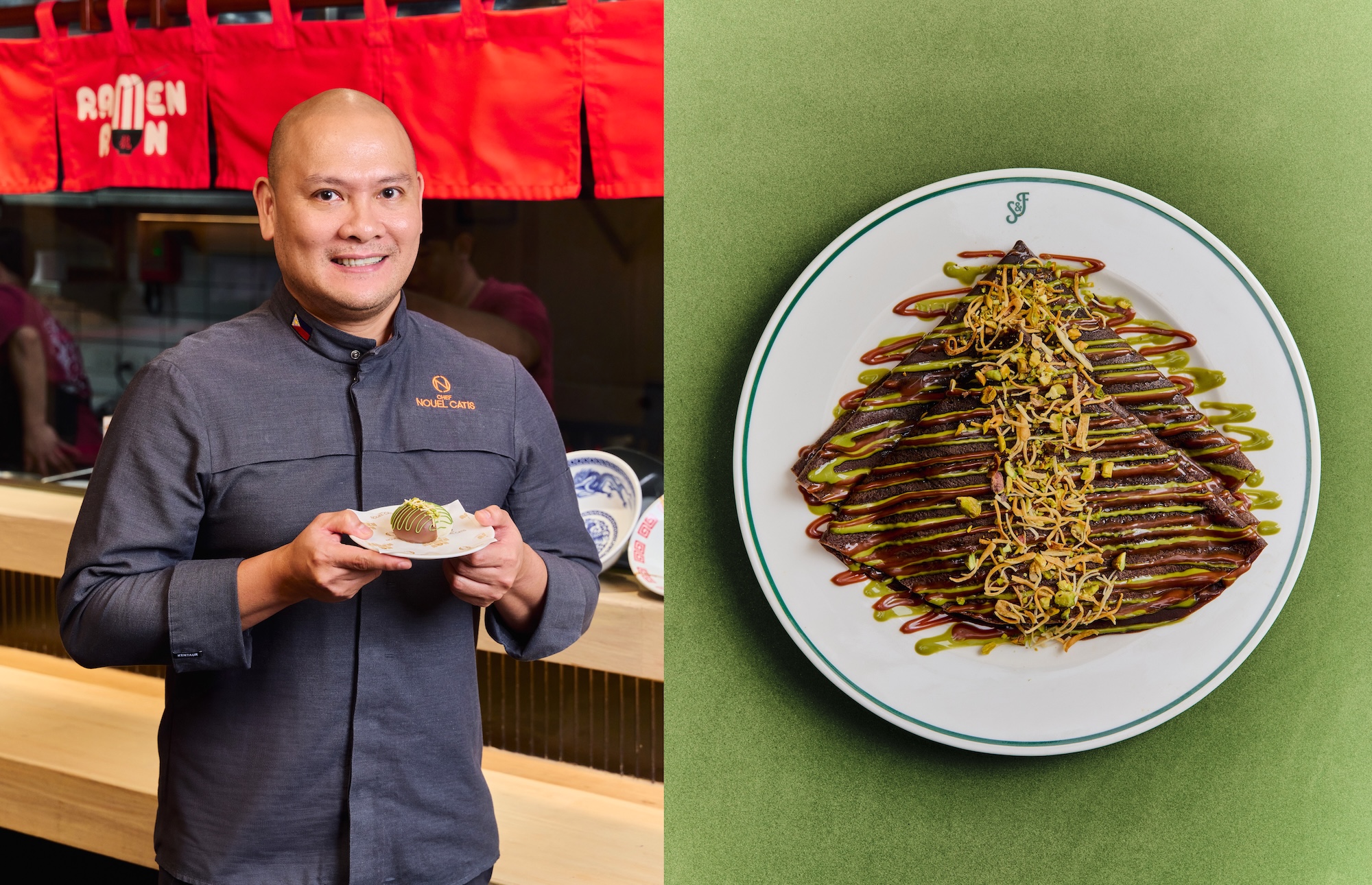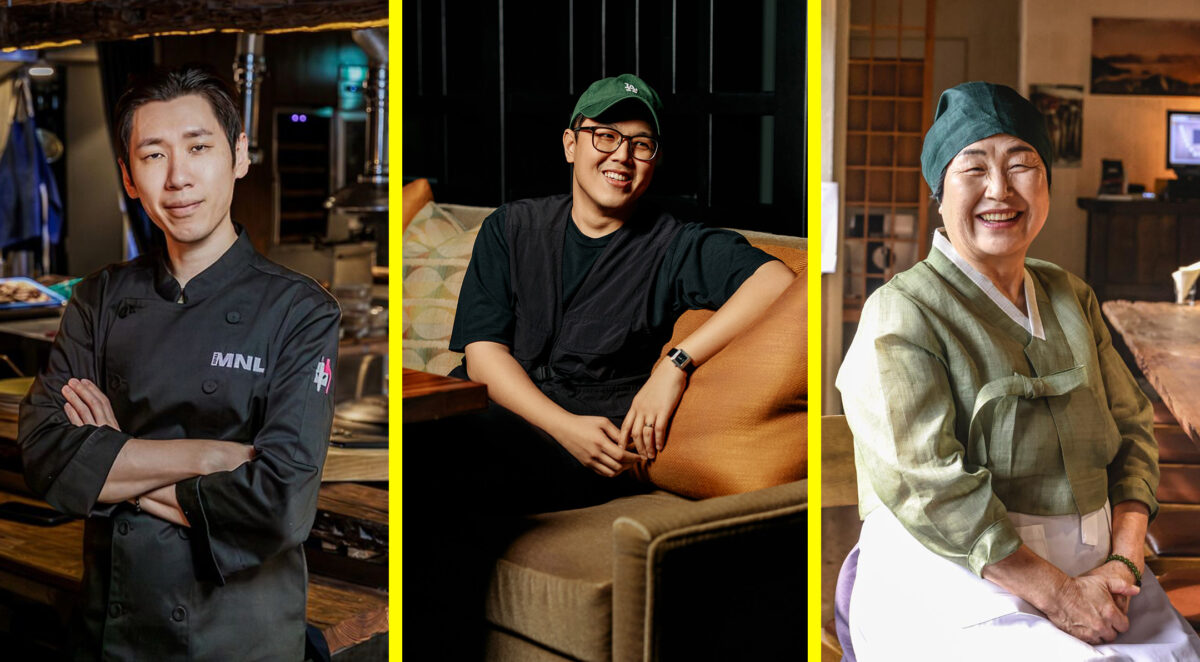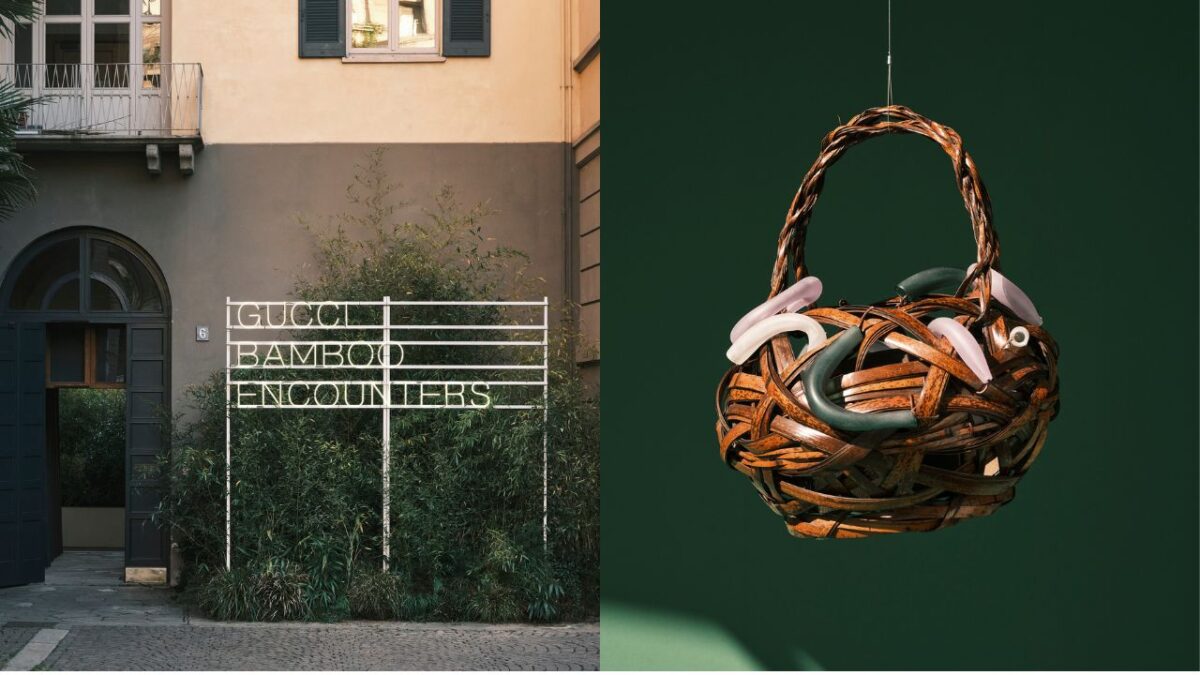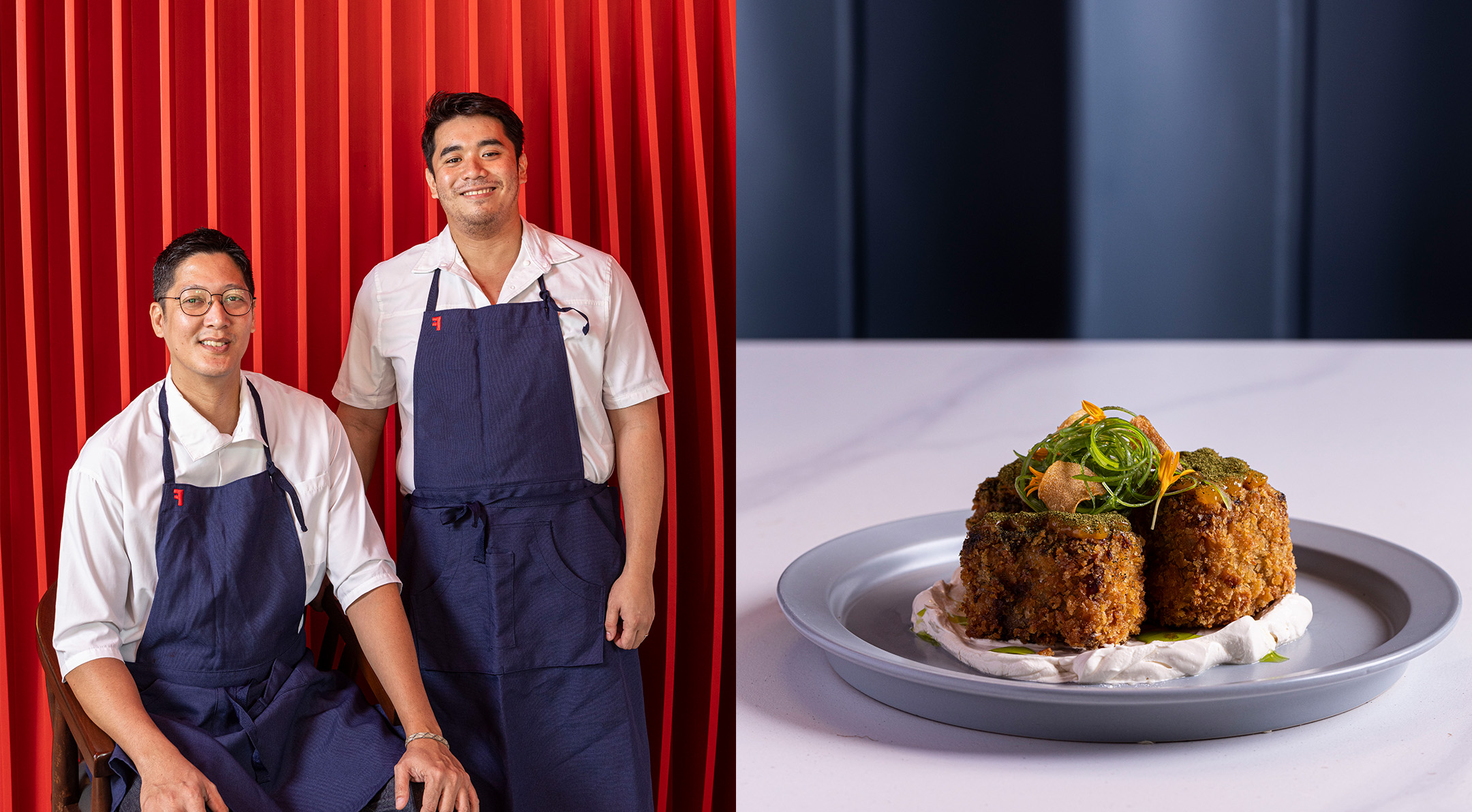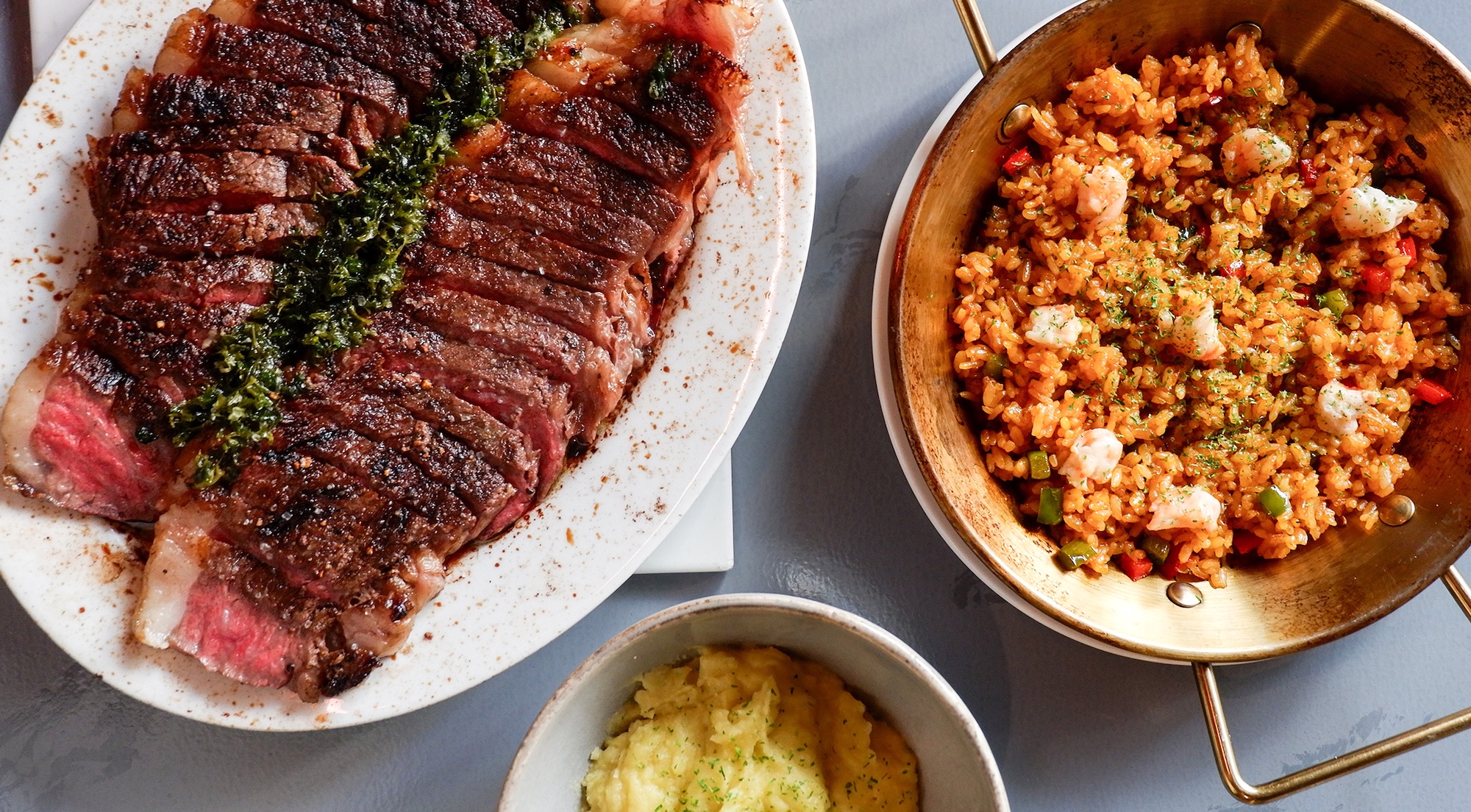Sake was initially recognized as a traditional Japanese drink for religious ceremonies. Over the years, it has developed into a casual drink that is carefully produced and paired with dishes.
“Sake or nihonshu as it’s called in Japan is a fermented beverage consisting of rice, yeast, water, and a very special spore called koji mold. There is the occasional addition of brewers spirit to the final product but that is the extent of the ingredients used to make sake. The fat and proteins on the outside of each grain of rice are polished to reveal a concentrated starchy center. The level of polishing affects the taste of sake along with the production methods and techniques used before, during, and after fermentation,” says Elliot Faber, beverage director of Hong Kong hotspots Yardbird, Ronin, and Sunday’s Grocery.
Ironically, over the years, the recognition of the drink has expanded internationally while market size in Japan has diminished. But the market shift isn’t a loss for Japanese producers; they have come to realize the need to continuously produce and upgrade sake. Sunday’s Grocery produces its own label in collaboration with Rairaku Brewery in Hyogo—a testament to international demand. Its alternative approach to introducing sake to diners has opened doors to deeply understand the drink and its features.
Faber has studied the upgrades and innovations of sake when it comes to processing the product. Today, it is mostly produced mechanically but producing it by hand has not been completely eliminated. Faber explains that at times the best sake is personally fermented.

“While a great deal of sake production is now accomplished mechanically, many of the quality producers control each step of the process by hand. There is one brewery in Nara, a particularly traditional area of Japan, that has a special machine that can execute the entire sake-making process in a single tank, eliminating many of the steps, vessels, and people otherwise required to make a single batch. The breweries that do most of their production by machine will usually produce their best sake by hand, usually in a small area tucked away in the belly of the brewery. Some producers even polish their sake rice by hand, though most will use machines for that part,” he says.
Sake permits about a hundred varieties of rice for its production but Yamadanishiki has become one of the most popular choices; many call it the king of rice. But unlike the impact of grape quality on wine production, the quality of rice may not vary from vintage to vintage.
Aside from rice variations, there are other different kinds of sake in the market, from the namazake, which Faber explains is an unpasteurized sake best served with sashimi, to the Chikusen Junmai Ginjo Muroka Nama Genshu, a completely unpasteurized, undiluted, and non-charcoal filtered sake, which he believes is best paired with seasonal buri.
Faber reiterates it is best not to be overwhelmed by choices. To enjoy sake is to appreciate the simplicity of the beverage. “The best way to appreciate sake is to not overthink it, just drink it. Ask questions, eat, drink it as a shot with friends. Most importantly, taste as much as you can and find someone you trust to expose you to the wide variety of styles that sake has to offer,” he says.
Originally published in F&B Report Vol. 13 No. 3

